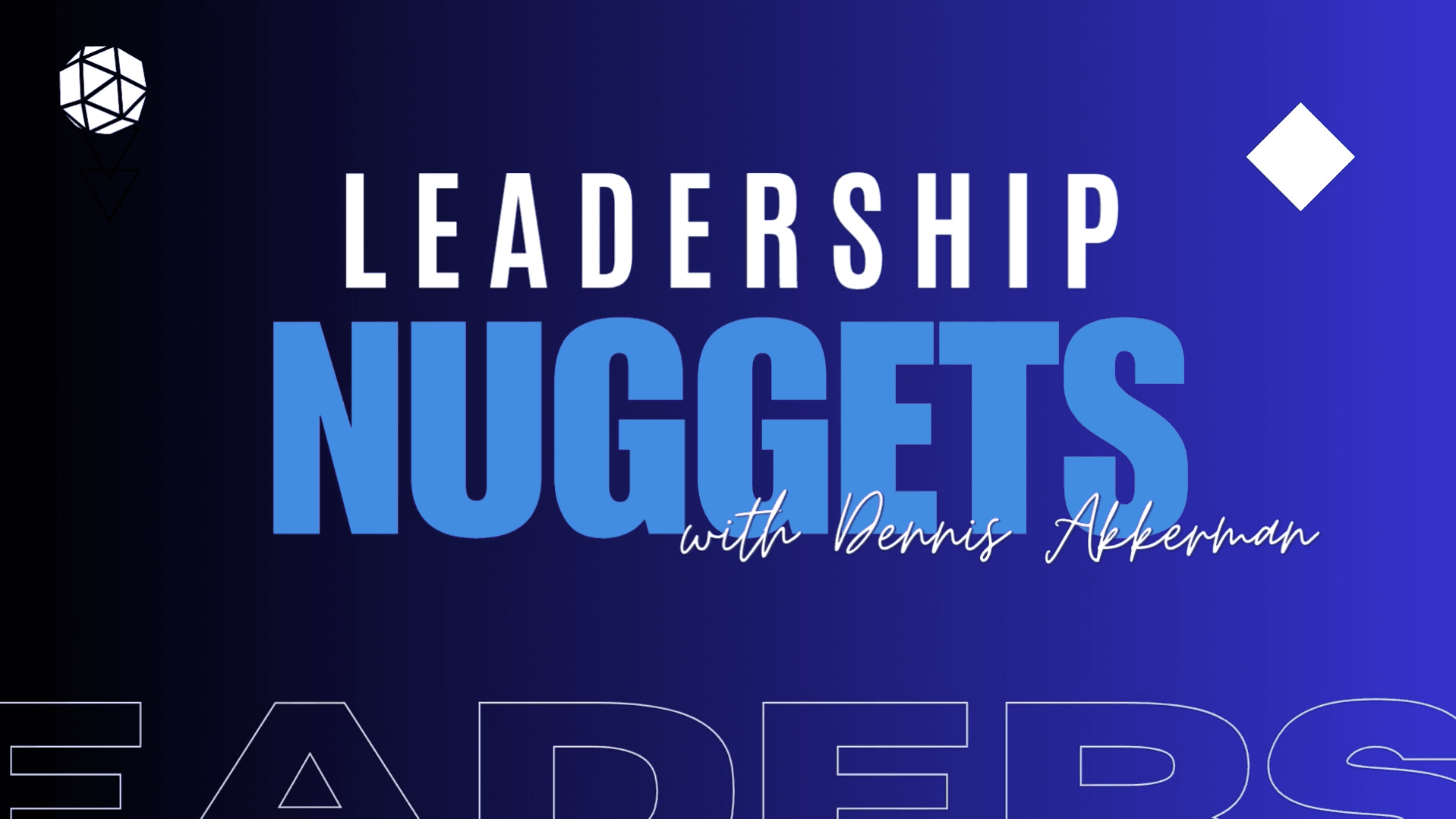Why Art Can Help Elevate Your Leadership Style

Image is from freepik.com by @freepik
When the year kicked off, a report suggested that anxiety and uncertainty were impacting CEO sentiments about the year ahead. The world has always been uncertain and we can over-emphasise the negative sentiments due to the cognitive bias of the recency effect, where we place more attention on recent events over historic ones.
Swedish Academic Hans Rosling argued in his book Factfulness: Ten Reasons We’re Wrong About The World that the world is in a far better state than many of the negative elements we focus on would suggest.
He rejected being labelled an optimist. He saw himself as “…a possibilist, I see all this progress, and it fills me with conviction and hope that further progress is possible. This is not optimistic. It is having a clear and reasonable idea about how things are. It is having a worldview that is constructive and useful.”
Now, this perspective is not to ignore the serious challenges we face. Instead, it’s a reminder that purely focusing on what’s wrong won’t help us progress.
We need to balance the worldview.
As Franciscan friar and teacher, Father Richard Rohr suggests, “Reality is paradoxical. If we’re honest, everything is a clash of contradictions, and there is nothing on this created earth that is not a mixture at the same time of good and bad, helpful and unhelpful, endearing and maddening, living and dying.”
It’s easy to find what’s bad in the world. As leaders, we also need to intentionally seek out what’s good. To do that, we need to spend time seeking beauty, awe, and wonder.
One way to do that is through art. What might surprise you is that incorporating art and artistic endeavours into your leadership practices can help elevate your effectiveness.
The Neuroscience of Art
Art has a profound impact on our brain, with research showing that aesthetic experiences impact how we feel, think and act.
For example, looking at art stimulates emotions and so activates our automatic nervous system. As well, research suggests that looking at art elevates how we process information, observe and analyse, and can even elevate critical thinking.
Additional research highlights how doodling, colouring and free drawing activities, which activate the brain’s prefrontal cortex, help boost our self-perception of our creativity and problem-solving capabilities.
If you want more, this article from The University of Arizona explains how spending more time looking at art stimulates different brain functions. While the International Arts + Mind Lab at John Hopkins University brings together neuroscientists and practitioners in architecture, music, and art to research these impacts.
Given the link between art and its impact on the brain, integrating it into leadership practices is more than just beneficial.
Discover: The Power of Music
The Intersection of Art and Leadership
Art and leadership share a profound connection. Leadership, like art, is about creating something new and inspiring. It’s about seeing the world in different ways and helping others see it too.
Both require vision, creativity, a willingness to experiment and try new things, along with the ability to communicate and connect with others.
Michael O’Malley in his HBR article Every Leader is an Artist, outlines 12 artistic criteria that can apply to assessing a leader’s impact.
For example:
- Skill – Do they demonstrate mastery or virtuosity in critical aspects of business; do they possess a foundation for understanding people, organisations, and the way work is accomplished?
- Form – Do they combine their communications, structures, policies, etc. into a unified, coherent whole?
- Representation – Do they convey meanings, in nonobvious and captivating ways, as opposed to giving simple directives and making straightforward declarations of fact?
- Imagination – Do they make surprising and unconventional departures from the ordinary that create a new sense of awareness or understanding?
Go beyond the Cognitive
Leaders often view leadership through the prism of strategy and decision-making. They can focus first on results-based pursuits and strengthening their cognitive capacity.
However, humans are, at their core, emotionally driven creatures. Our emotions play a crucial part in not just how we feel but also how we think and then act. Effective leaders understand their emotions and can tap into the emotions of those around them.
Art, therefore, is not just an add-on to leadership but an integral part of it.
This is because art is a powerful way of helping people better understand and express their emotions. When you view or participate in an artistic endeavour, it can provoke emotions and thoughts that are cathartic, pleasurable and intellectual.
Immersing ourselves in art makes us think, pause, and reflect on our feelings, experiences, and perspectives. It can alter how we see ourselves, the world, and our place in it.
When you embrace an aesthetic mindset, you consciously value creativity and emotional intelligence and recognise the value of supporting mental and emotional well-being.
Art Elevates Well-Being
Associate Professor of Sociology Senhu Wang and colleagues studied the benefit that participating in art activities has on people’s health. The researchers found that frequent participation in arts and attending cultural events was associated with lower levels of mental distress and higher levels of life satisfaction.
Their research complements other research which highlights the benefits of art therapy. There are also benefits from intentionally looking for beautiful things in your day-to-day life, with proven practices that help elevate how you feel.
So, finding time to incorporate art and artistic endeavours into your life so that it elevates how you lead is a good use of your time.
As Author Max De Pree wrote, “Leadership is an art, something to be learned over time, not simply by reading books. Leadership is more tribal than scientific, more weaving of relationships than amassing of information.”
Republished with courtesy from michellegibbings.com
Edited by: Kiran Tuljaram
Leadership
Tags: Executing Leadership, Self Leadership, Self-Control, Self-Agency
Michelle Gibbings is a workplace expert and the award-winning author of three books. Her latest book is 'Bad Boss: What to do if you work for one, manage one or are one'. www.michellegibbings.com.





